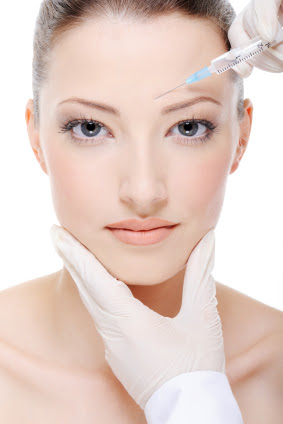
Botox and Dysport are both injectable treatments that use a variation of botulinum toxin type A; they both work to inhibit nerve signals that initiate contractions in the muscles that can cause wrinkles. This causes temporary paralysis in the muscles, which can result in a reduction in wrinkles. Botox was first approved for cosmetic use in 2002, while Dysport was approved in 2009. While the procedures are very similar, there are several differences between them.
Comparing Botox and Dysport
While both Botox and Dysport use botulinum toxin type A, they don’t use the same variety, so the proteins are different. Therefore, one type may be more effective for certain patients over the other, depending on their body chemistry. In general, however, Dysport isn’t as localized as Botox, so a smaller number of injections can treat the same area. However, this also means that Dysport isn’t appropriate for the medical treatments that Botox is approved for, such as treatments for migraines or an overactive bladder. Both treatments only take a few minutes and typically don’t require any downtime.
Effectiveness
The effectiveness of the treatment will vary depending on the patient. Dysport has a smaller protein load than Botox, so the body may not send as many antigens to fight the toxin. This may lead to Dysport’s results lasting longer than Botox. Conversely, the high protein load of Botox may result in more dramatic results. Both treatments typically last three to six months. Patients who receive Dysport may notice results three to four days after treatment, whereas Botox usually produces results in four to seven days.
Side Effects
Both procedures may have minor side effects that often fade away after a few days. However, if any of the side effects last more than a few days, you should contact your doctor.
Common side effects for Botox include:
- Redness
- Headache
- Slight pain and numbness
- Swelling and bruising at the injection site
Common side effects for Dysport include:
- Headaches
- Swelling around the eyelids
- Minor pain at the injection site
- Irritation and rash
With the minimal differences between Botox and Dysport, you may want to discuss your options with a dermatologist to determine which one is best for you. If you live in Baton Rouge, LA or the surrounding areas, The Dermatology Clinic is your go-to provider for professional skincare services. Call us today at (225) 769-7546 or book an appointment at any of our three locations.
